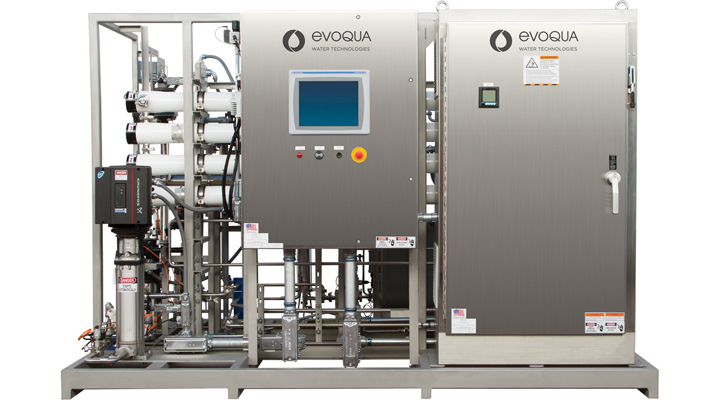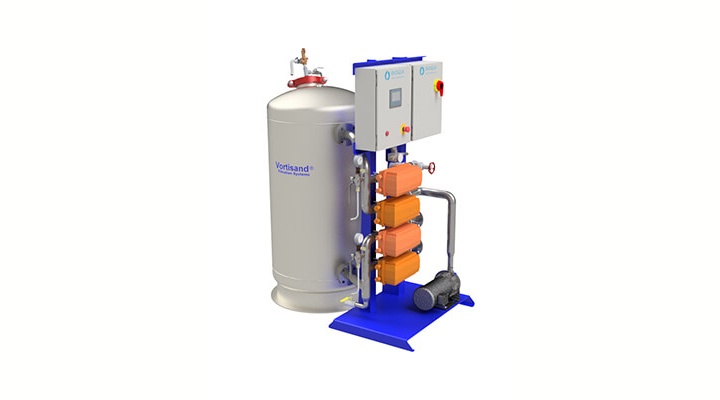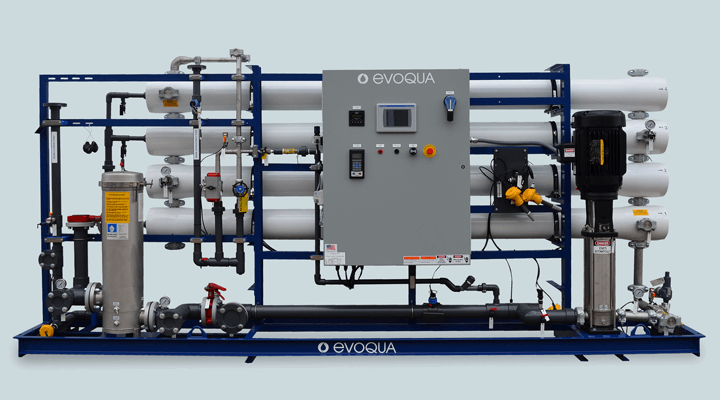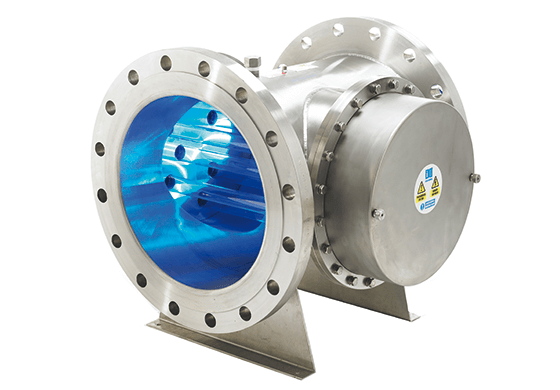Water reuse systems can be challenging to identify in the microelectronics industry due to the varying composition of numerous waste streams and multiple locations where recovered water could be introduced back into a facility. There are several strategies for selecting waste streams and their re-introduction points after treatment.
Waste streams with the lowest concentration of impurities would be best suited for reuse into an ultrapure water (UPW) system, while those with the highest concentration would be best suited for non-contact applications such as cooling towers and abatement scrubbers. Other considerations are the objectives for reuse, which might include reducing city water intake at current production levels, maintaining water intake while expanding production or simply reducing liquid discharge from the facility.
![]()
When utilizing existing wastewater treatment processes, residual contaminants will need to be reduced to acceptable levels dictated by the re-introduction point water quality criteria. The most common technologies employed in water reuse systems after wastewater treatment are:
- Highly efficient filtration systems that minimize backwash waste
- Reverse osmosis systems for the reduction of anions, metals, silica, etc.
- TOC reduction using conventional UV or advanced oxidation (AOP)
In addition to treatment equipment, flow equalization tanks, fast on-line analytical instrumentation and automated divert valves are common for risk minimization.




